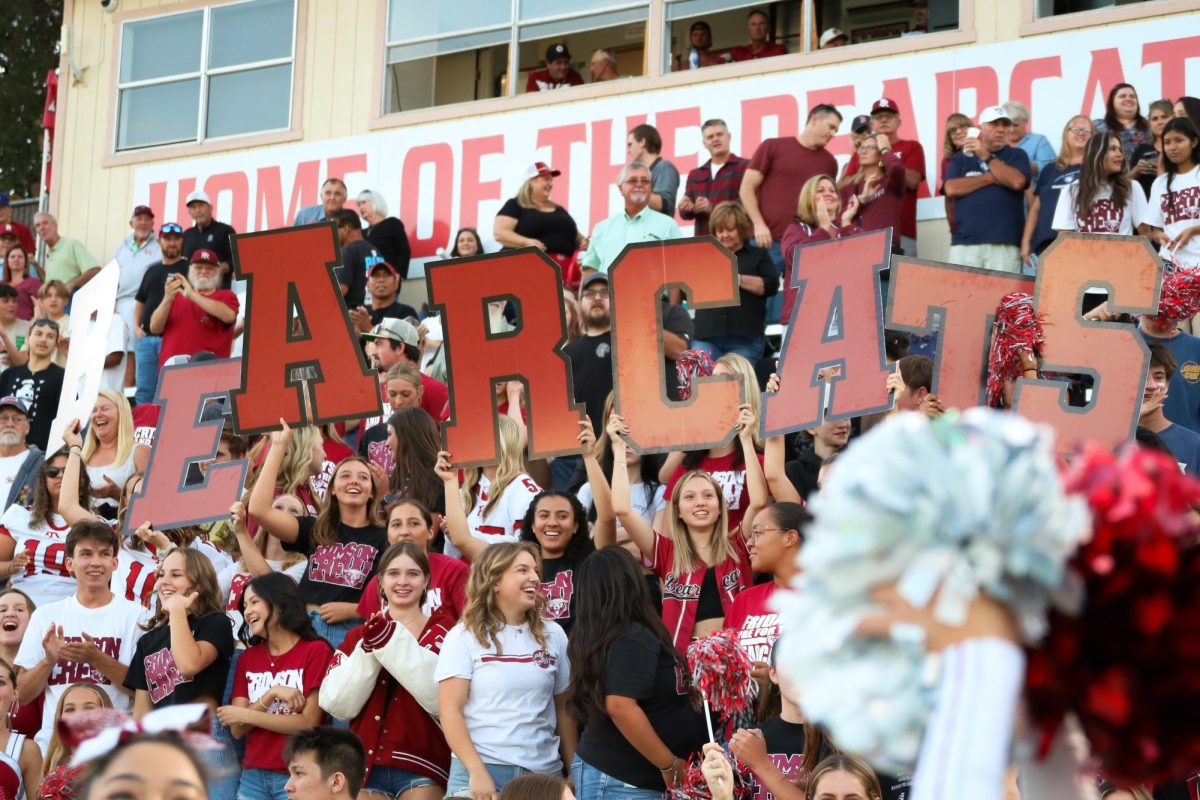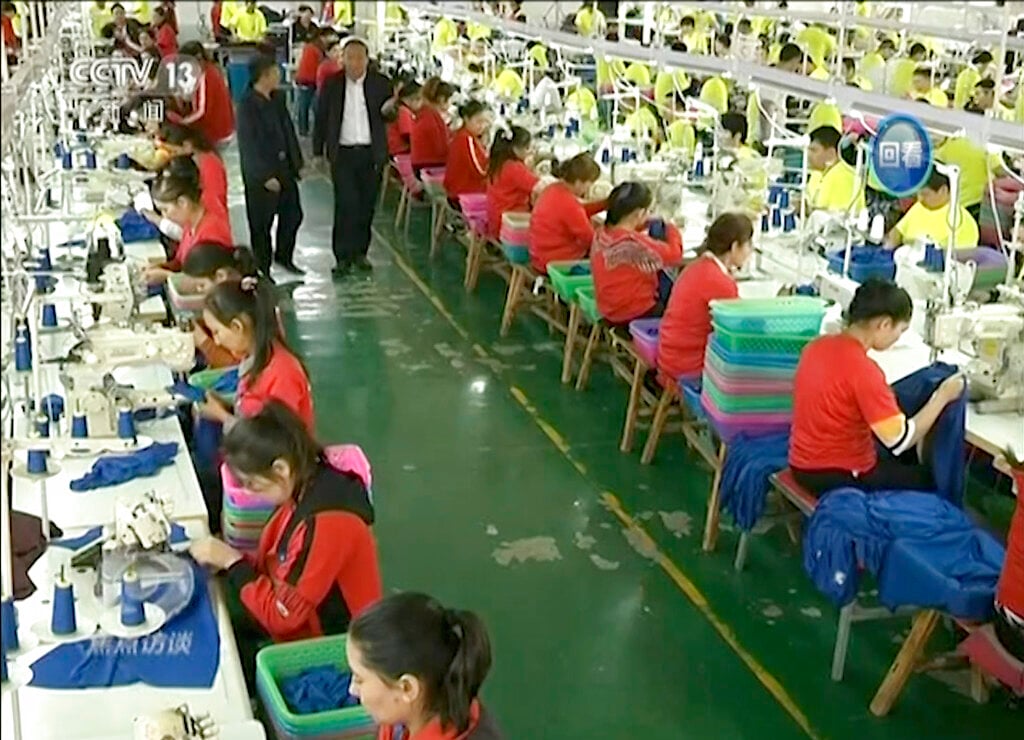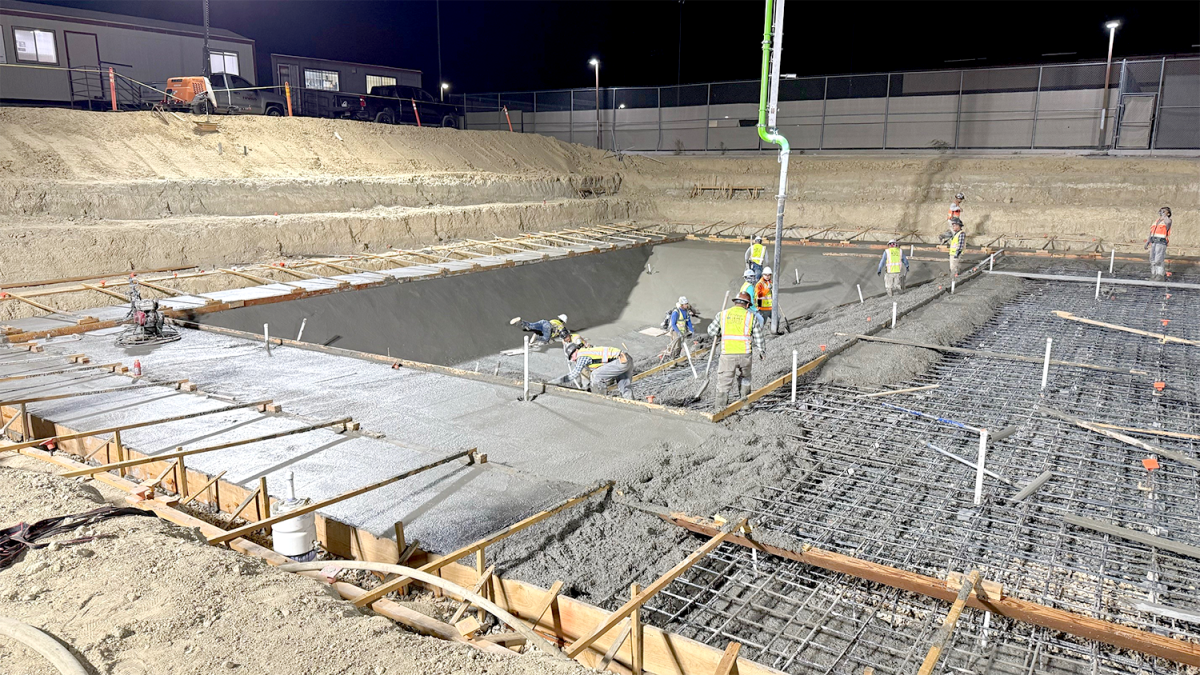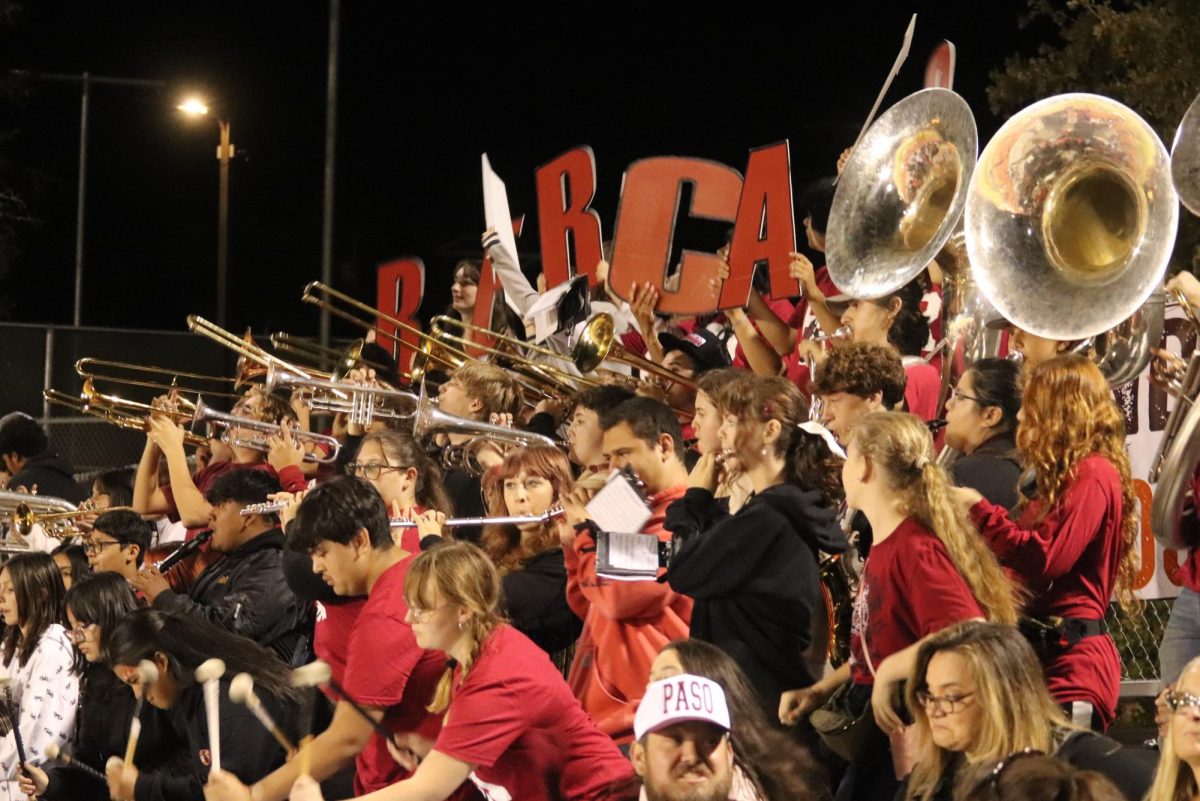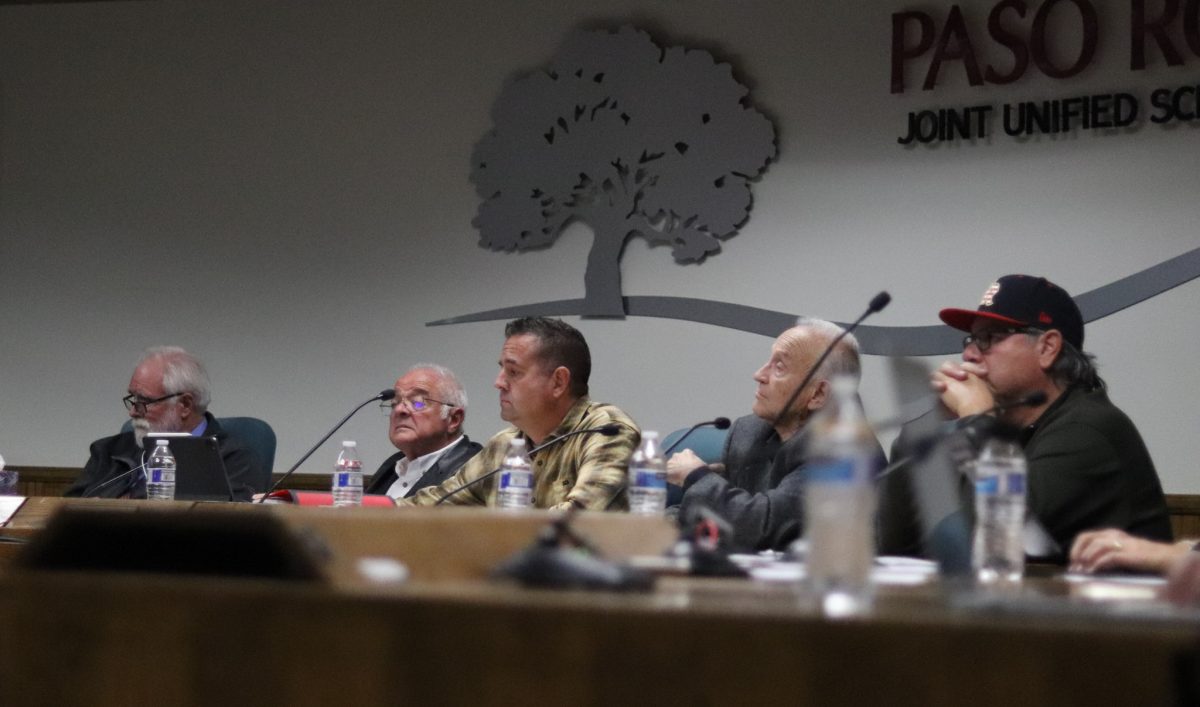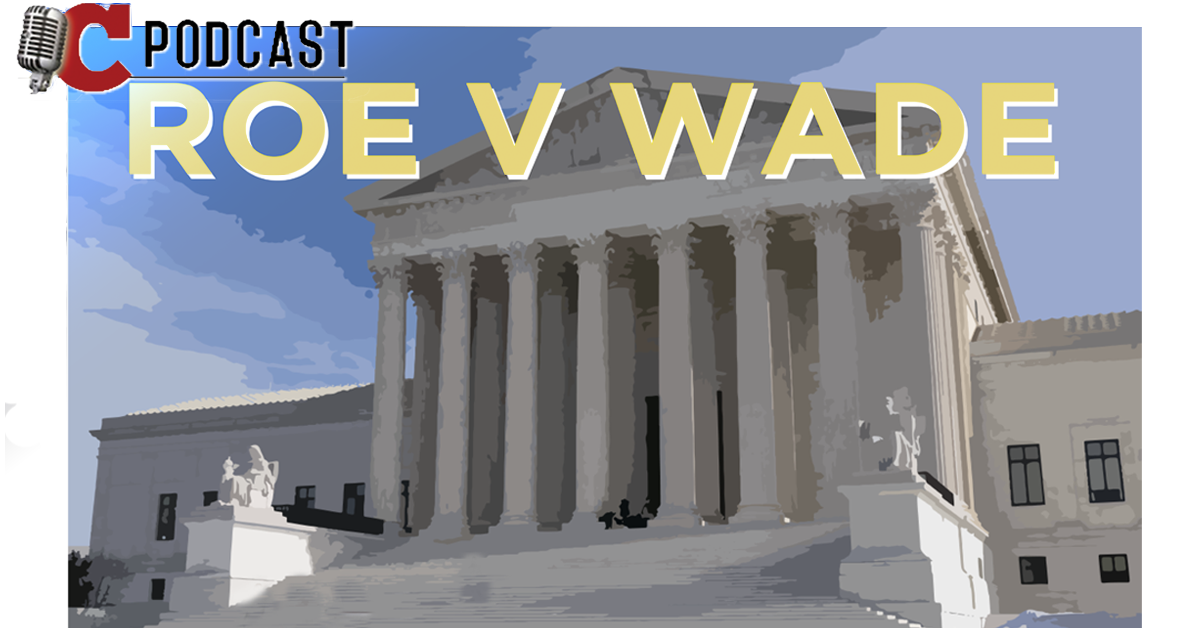Gas Prices locally and across the country have skyrocketed by over a dollar, with no slow down in sight.
Many blame the new Biden administration and the shutdown of the Keystone Pipeline for the rapid increase in gas prices, but COVID is likely the culprit. Gas prices locally and across the country have skyrocketed by over a dollar, with no slow down in sight. The average national cost per gallon of gasoline has spiked from $1.74 a gallon to $2.87 in the last year nationally, increasing by 70 cents in the last two months alone.

Many have drawn a parallel between the new presidential administration’s decision to shut down the Keystone Pipeline project and this new increase in gasoline prices, but the predominant cause is the COVID vaccine and normal market fluctuation.
Oil production companies and refineries have very little control over the price of gasoline. Companies like Aera Energy, a local oil production company in California that is jointly owned by Shell and ExxonMobil, produce oil year-round at roughly 30-35 dollars per 55-gallon barrel of crude oil.

Prentice Patterson, a process specialist at Aera Energy explains, “So we say we want to make money, especially when it’s low like this it’s hard for us to make any money so when you think $30 [per barrel of oil], and they sell it for $45 to the next company… that’s only 15 bucks.”
Oil production companies have no say over the price of oil and often have to follow suit with the market in order to make money, and this same process goes for refineries. In some parts of the United States, in areas where oil is more difficult to extract, oil production companies often operate at a loss, being forced to shut down parts of their production facilities during slower times of the year because it wouldn’t be financially viable to keep them open.
How does the Keystone Pipeline shutdown affect the cost of a fill up? Well, it doesn’t. According to Patterson and CBS news, even before the Keystone Pipeline, Canada was one of our largest imports of oil, and that isn’t going to change. The United States is incredibly oil deprived, so much so that it has to rely on foreign importation for 60% of all the oil that the U.S. uses. That means that even on high production days, the United States is only capable of producing 40% of the oil that the market demands. The pipeline shutdown will make Canadian imported oil about 20 – 30 dollars more expensive per barrel, but that’s only going to affect the Midwest since they import over half of their oil from Canada. This could mean a 25 to 40 cent increase per gallon at certain midwest stations, but not the $1.30 that has been seen across the country.

Patterson says that this is due to the increase in travel as the COVID vaccine has slowly been distributed across the nation. “You’re going to have airplanes start flying again, you’re gonna have more automobiles on the road because we’re gonna start to travel… That means we have to make fuel for the wintertime… we have to generate fuel for the United States.”

Michael Moustakis, a consultant at Berry Corporation says, “It’s all market-driven… It’s a commodity… Let’s say more and more people are saying hey, I want to buy more of a commodity worldwide, that will have a tendency to drive prices up. It’s supply and demand.”
These two experts along with experts across the country agree that the Biden administration has had little impact on the increasing oil prices. According to Statista, the COVID-19 pandemic saw a 43.5% decrease in the number of scheduled flights around the world.

The globe depended on oil significantly less at the start of the pandemic, and for the last year have been discouraged to travel. This correlates with gas prices in early 2020 at the start of the COVID outbreak. The national average cost per gallon of gasoline dropped from $2.53 in February 2020 to $1.91 in April 2020.
In actuality, even though prices have increased nationally, the prices that are seen at the pump are still incredibly low relative to previous years and are about half of the all-time high in the United States. Prices have remained low over the last year, but as the country continues to move towards normal life, gas prices will continue to rise as more and more people continue to travel and demand more oil from the market. The prices that are seen at the pump are not abnormal and are not due to decisions by the new presidential administration. It’s rather a prime example of the first glimpse of normalcy after COVID-19.



